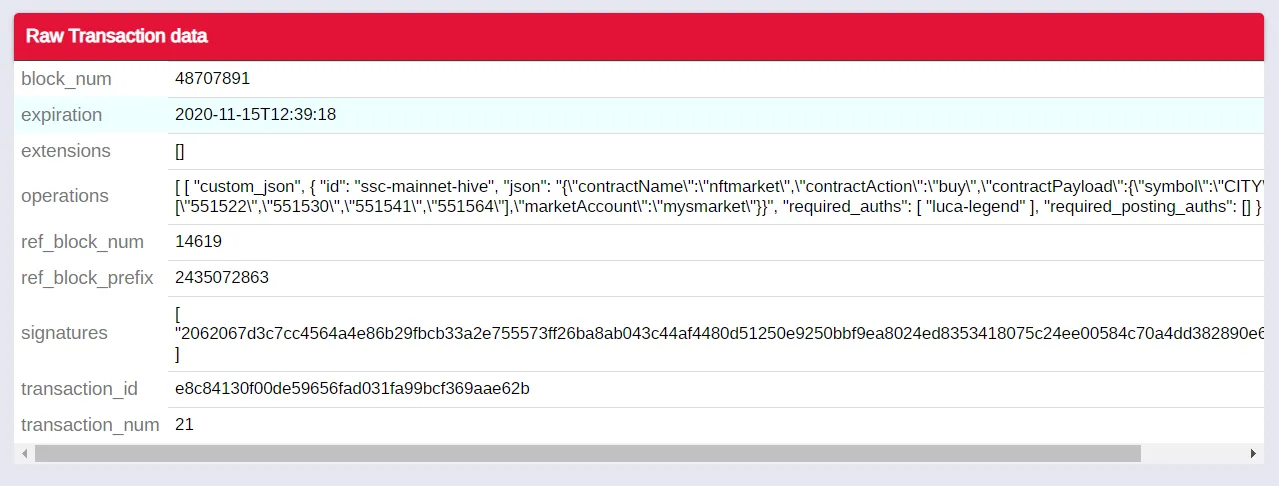Introduction
I've seen people express concern over something bad happening to the people who own Hive-Engine and the whole second layer going down the tubes with it. I will explain in this post why that is no existential risk.
Hive-Engine, Scotbot and Hive
Hive-Engine is a website and a front end for transacting with second-layer tokens.
Hive is where the all the second-layer transactions are stored on. They are stored as text in JSON format. The Hive blockchain nodes ignore them completely.
Scotbot (Smart contract organizational bot) is the server (yes, there is exactly one server owned and maintained by @harpagon who also wrote all the code as far as I know) that constantly reads new blocks as they are created by Hive and acts upon all so-called Hive-Engine transactions.
The so-called Hive-Engine transactions are just text in JSON format, which is the format for Javascript objects when they are "serialized", which means converting them into text as opposed to objects in the memory of a computer executing a Javascript program. This is what they look like:

This is one such JSON transation. The transaction has the same header information (block number, signatures etc.) as all Hive transactions. If you look at the operations field, you'll see text with key-value pairs nested inside square brackets and curly brackets. It's that information that Scotbot parses and acts upon as it is programmed to do.
Just like on Hive, some of the second-layer transactions are user-initiated and are signed by users. (All token transfers from one user account to another are always signed by the transferring user. Otherwise Scotbot does not consider them valid.) Some are like the so-called virtual operations on Hive, which are transactions that the Hive nodes initiate on their own without the user having to sign them. Those operations are initiated by Scotbot. They include the distribution of rewards in second-layer (Scot/Hive-Engine) tokens to users.
What would happen if the developers of Scotbot and Hive-Engine got hit by a meteorite tomorrow?
Scotbot would continue running until someone switched off the server, which is located at @harpagon's home or some other space in his possession or in a cloud. Anyway, if he died or were incapacitated Scotbot would cease to function at some point.
The loss of Hive-Engine would be less serious. I'm not sure if it is open source but eventually a new web interface would be launched for interacting with Scotbot.
But what if Scotbot went permanently offline?
The answer is that no token balances or NFTs would be permanently lost because they're all stored on Hive. Everything would stop until someone else launched servers replicating the functionalities of Scotbot. Then the all the second-layer interactions stored on Hive would have to be replayed. After that was done, the entire second layer would continue normally. The only thing permanently lost would be time.
Decentralizing the second layer is still an important goal to make it robust
If Scotbot were replaced with a network of nodes like Hive witness nodes that maintained consensus over which non-user initiated operations must be performed, the system would not go down with any single server. I believe developing is in the road map.
Scotbot is not needed for any second-layer token transfers are that user-initiated operations. (It does act upon them by changing its internal state accordingly.) That's why anyone can create a DEX of their own for trading the second-layer tokens as the Leo team did when they created LeoDex.io.